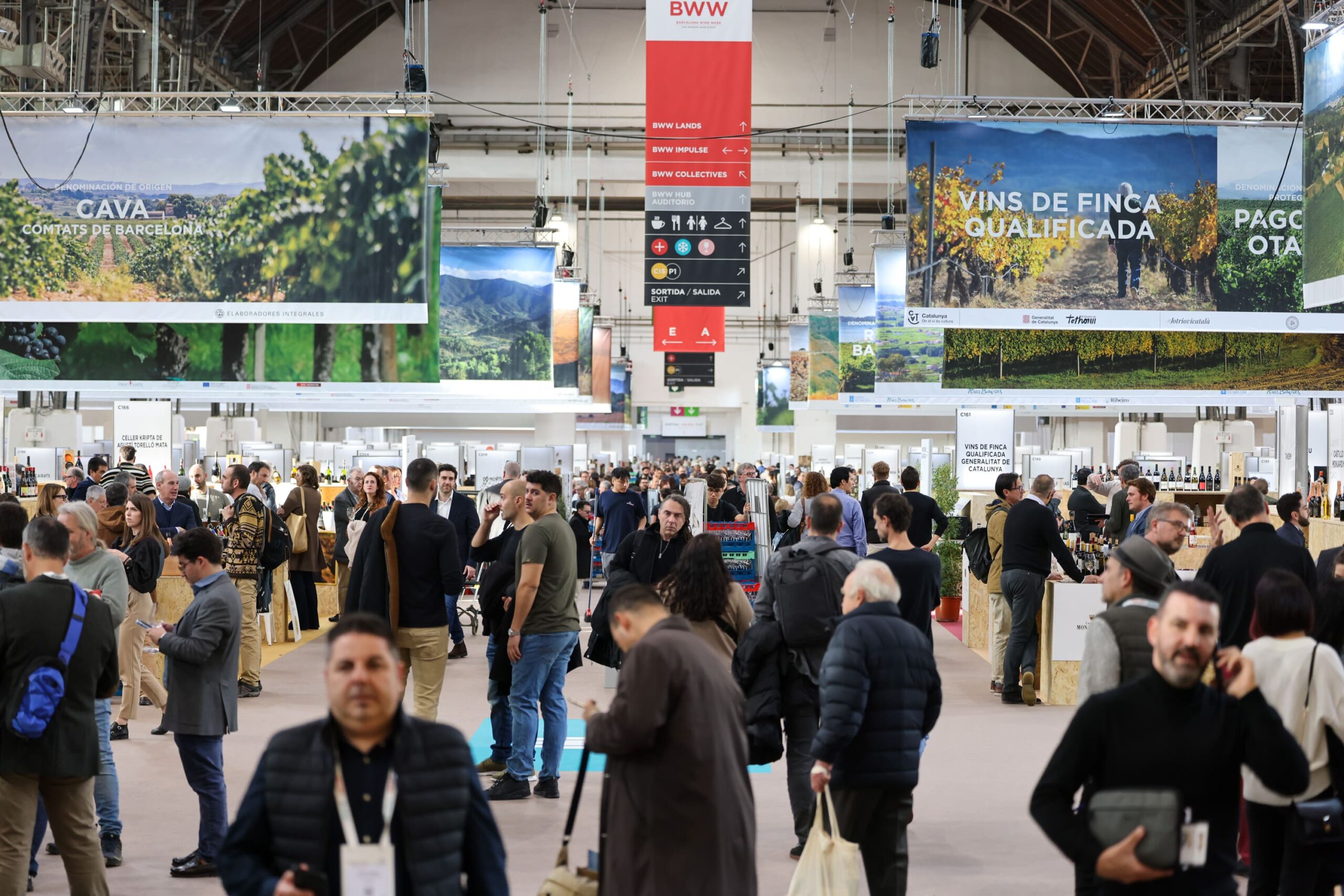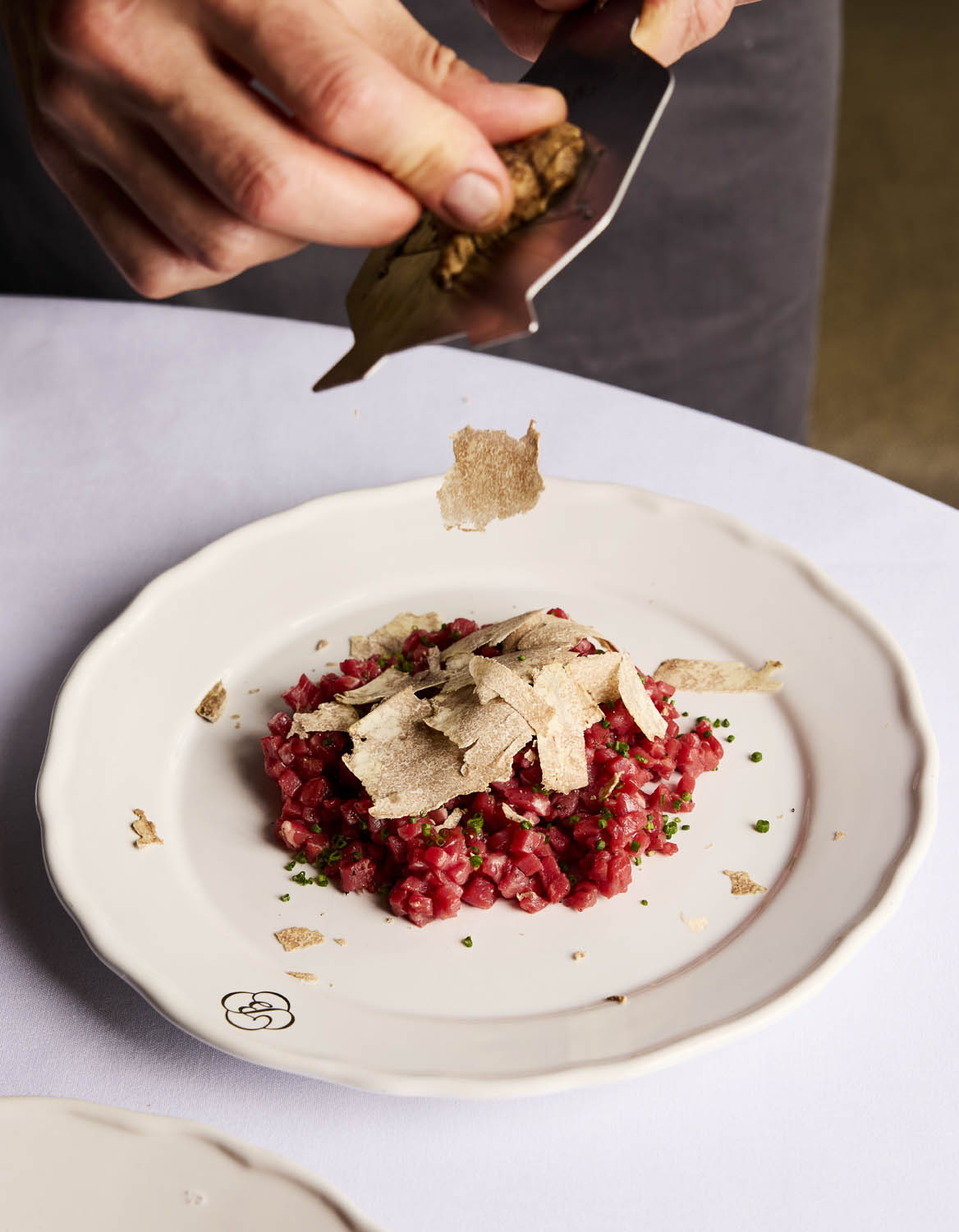Crunch time
Forty-nine days and counting in the most crucial part of the year for many drinks businesses.
The Christmas deals with multiples were done long ago and the feedback is that order levels are comparatively buoyant, as is demand from the on trade, where the office party season is just over the horizon.
On the other hand, however, as one leading importer put it: “Christmas gets later every year in the independent retail sector.”
Just as many stockists delay ordering until December (so that they won’t have to pay until well into the New Year), so the consumer waits until the immediate run up to Christmas before making spending commitments.
The practice of advancing the “January” sales season into mid-December has reinforced the habit. And this year seems set to follow the pattern, not because of fears about the level of demand, but more because of the looming rise in the rate of VAT to 20% on 4 January.
It is widely expected that consumers will bring forward their spending to beat the chancellor and even at this late stage, analysts have increased their forecasts of consumer spending in 2010 because of this factor.
Welcome as a buoyant Christmas would be, the downside is that it will probably be based on bringing forward spending into December rather than increasing the overall volume.
Partner Content
December’s gains will be January and February’s losses. The picture for 2011 is bleak. Leading consultancy Capital Economics has increased its forecast of the growth in real (after inflation) spending this year to 1.2%. Next year it forecasts stagnation at best with little improvement in 2012 as austerity bites.
True the desire to beat the VAT rise will apply more to larger items such as furniture and household equipment, but drinks producers and importers are readying themselves for demands from major customers that they absorb the rise so that multiples can boast that they have held their prices (but at the same time keep quiet about the fact that their margins are preserved).
Some smaller retailers are wondering whether their suppliers will help them in a ruse to beat the taxman and preserve their margins well into next year. The key component is that VAT is levied on the date of invoice, not the date of delivery. So an order placed before 4 January will be charged at 17.5%; after then the 20% rate will apply.
HM Revenue and Customs has let it be known that it expects all orders placed before 4 January and charged at the lower rate of VAT to be delivered within six months. That opens the prospect of being able to take stocks at the lower rate into June.
The concession is more appropriate to capital goods where there is a longer lead-time between order and delivery, but in principle at least it applies to all sectors. Nobody, however, knows whether it will apply to staggered deliveries.
Finance on Friday, 05.11.2010




